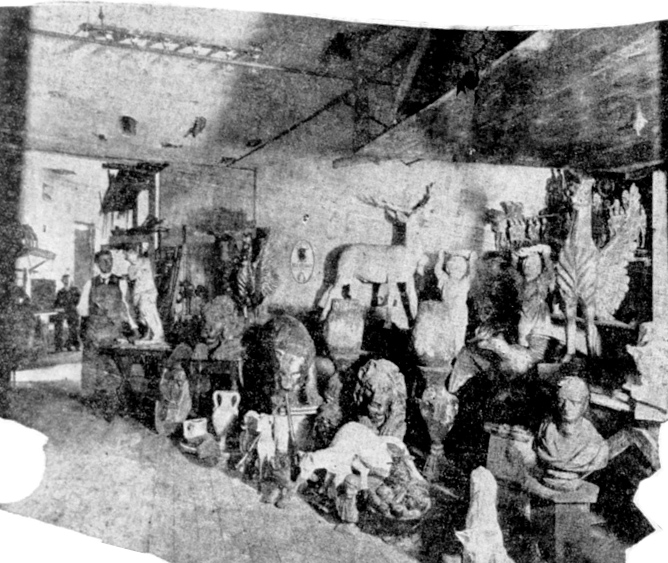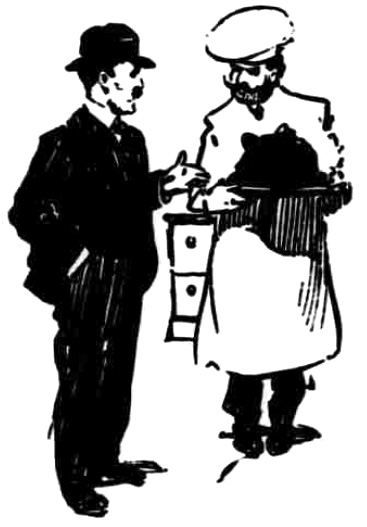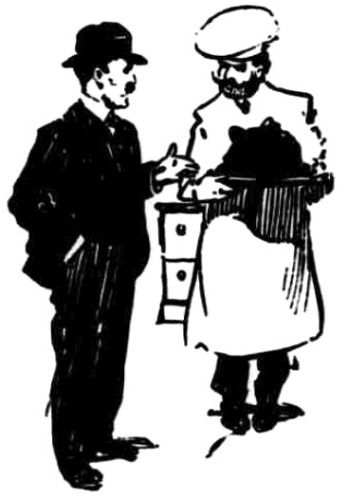The following article about the Grand Opera in San Francisco originally appeared in The Sunday Call in 1899:
To most people there is an indefinable sense of mystery in the simple phrase “behind the scenes.” Some imagine it to be a vague sort of place peopled with beings who live dual lives, the one either very wicked or much-abused, and the other the artistic and pretty-to-look-upon one of the footlights. To such the theatrical managers appear as abusive hobgoblins whose delight it is to torture and mistreat. That is about as far as such imaginations go; beautiful scenic effects, and the smooth and unbroken succession of harmonious arrangements are taken for granted and expected, with no thought of the vast amount of labor, care, capital, trouble and ingenuity required in the production of an evening’s entertainment for the throngs who come nightly to be amused from the other side of the footlights…
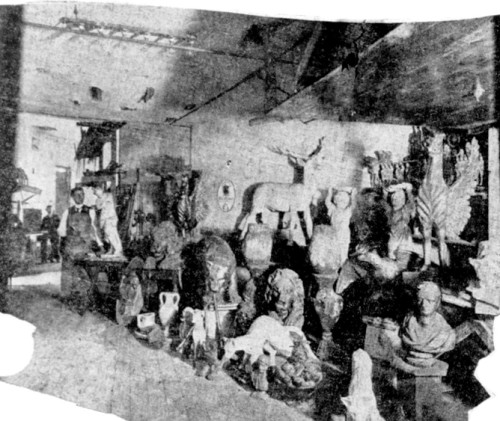
Yards and yards of canvas, bolts of calico, rolls and rolls of paper, kegs and pots of paint, and a succession of other paraphernalia poured in from all sides, and were pounced upon by the different departments and carried away, to be utilized and transformed into settings and scenery…
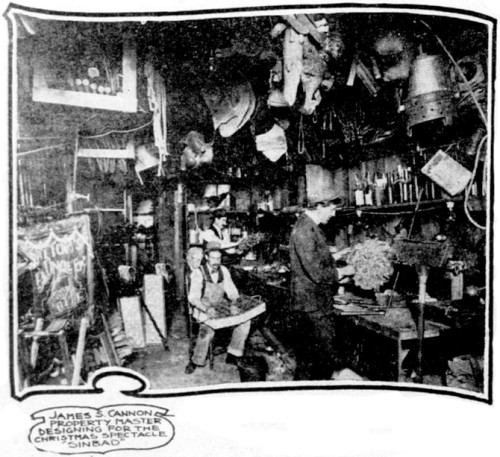
Mr. James Cannon, the inventive genius of the stage, and the master property man, went about inspecting his great thunder drum, the big wheel and its silk flap which is the source of the wintry wind which whistles out from behind the scenes and causes one to turn up one’s coat collar—the apparatus which so closely imitates the breaking of the waves against the crags, and the numberless other apparatus for adding to the realistic nature of the performance. From his modeling room on a level with the gallery, to his little electrical room below ground, Mr. Cannon was busy with his rounds. His was the task of casting plaster models of the stage properties to be used in the various scenes, and to keep everything going harmoniously.
Originally published as “In the Workshops Behind the Scenes”, The Sunday Call, San Francisco, December 24, 1899, pg 2. Photos by Alishy.

